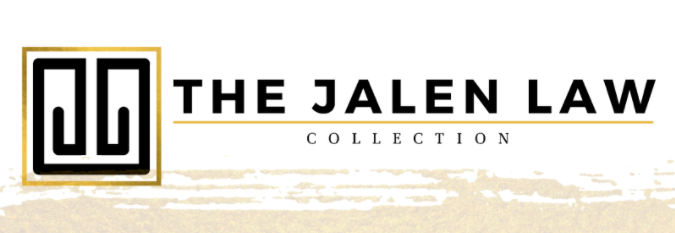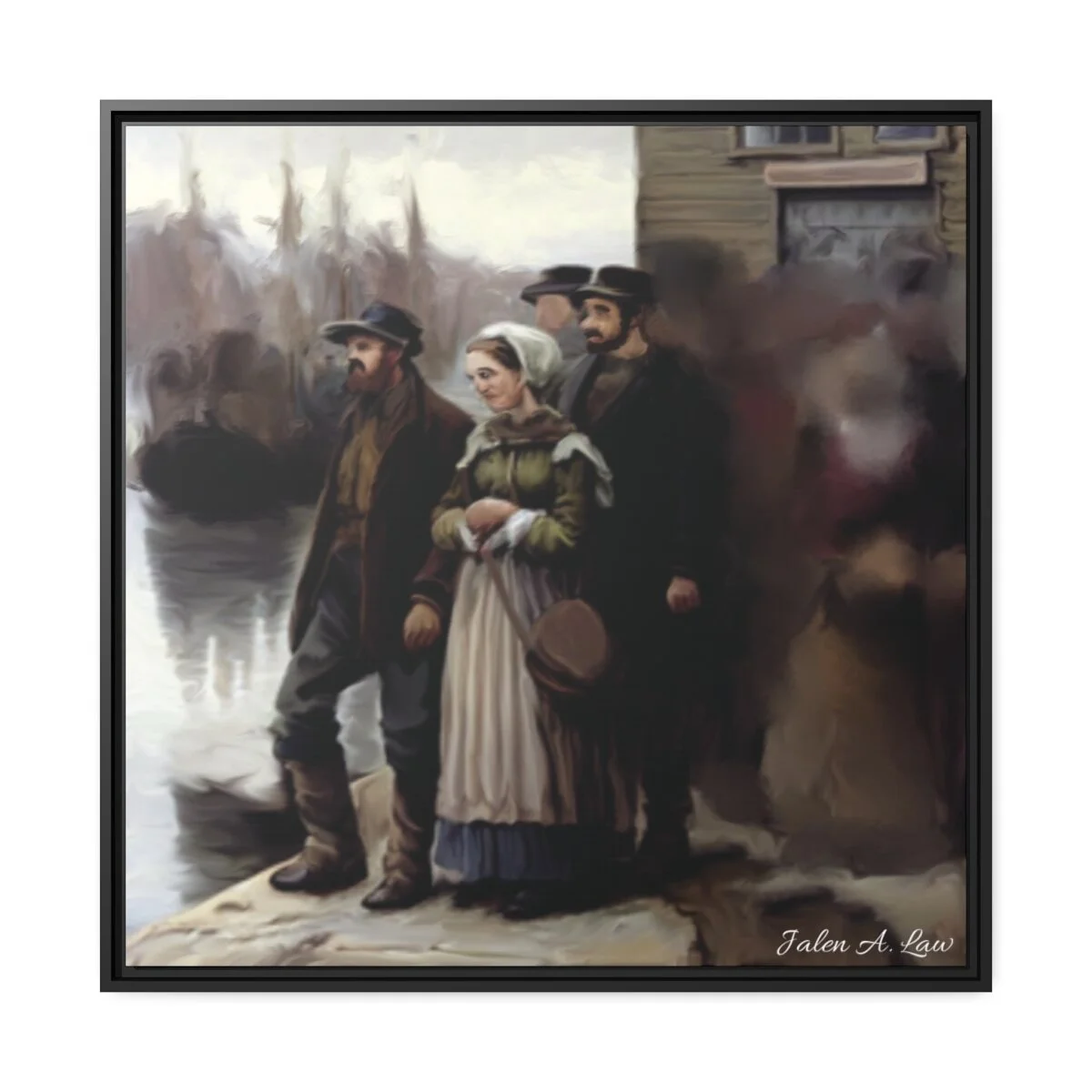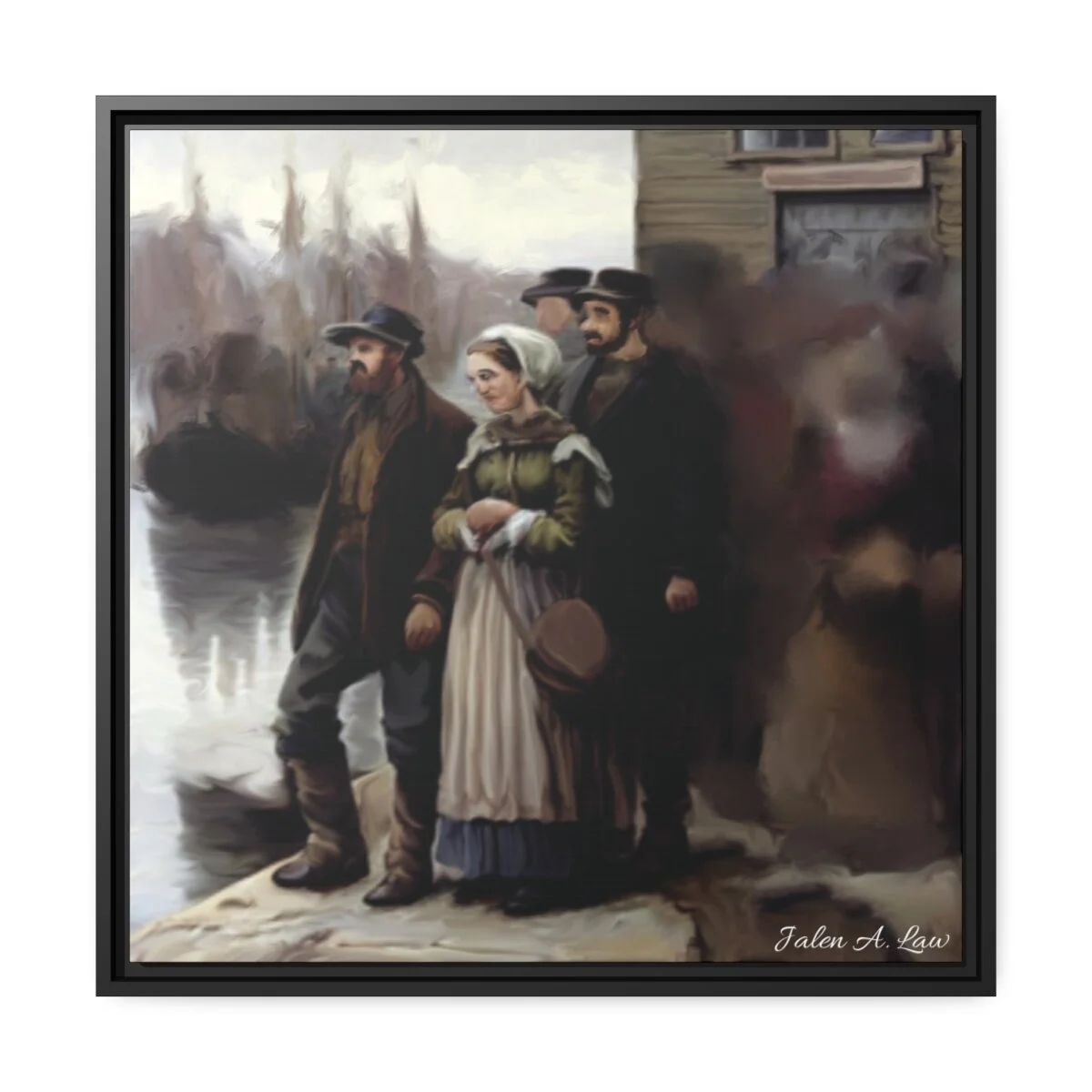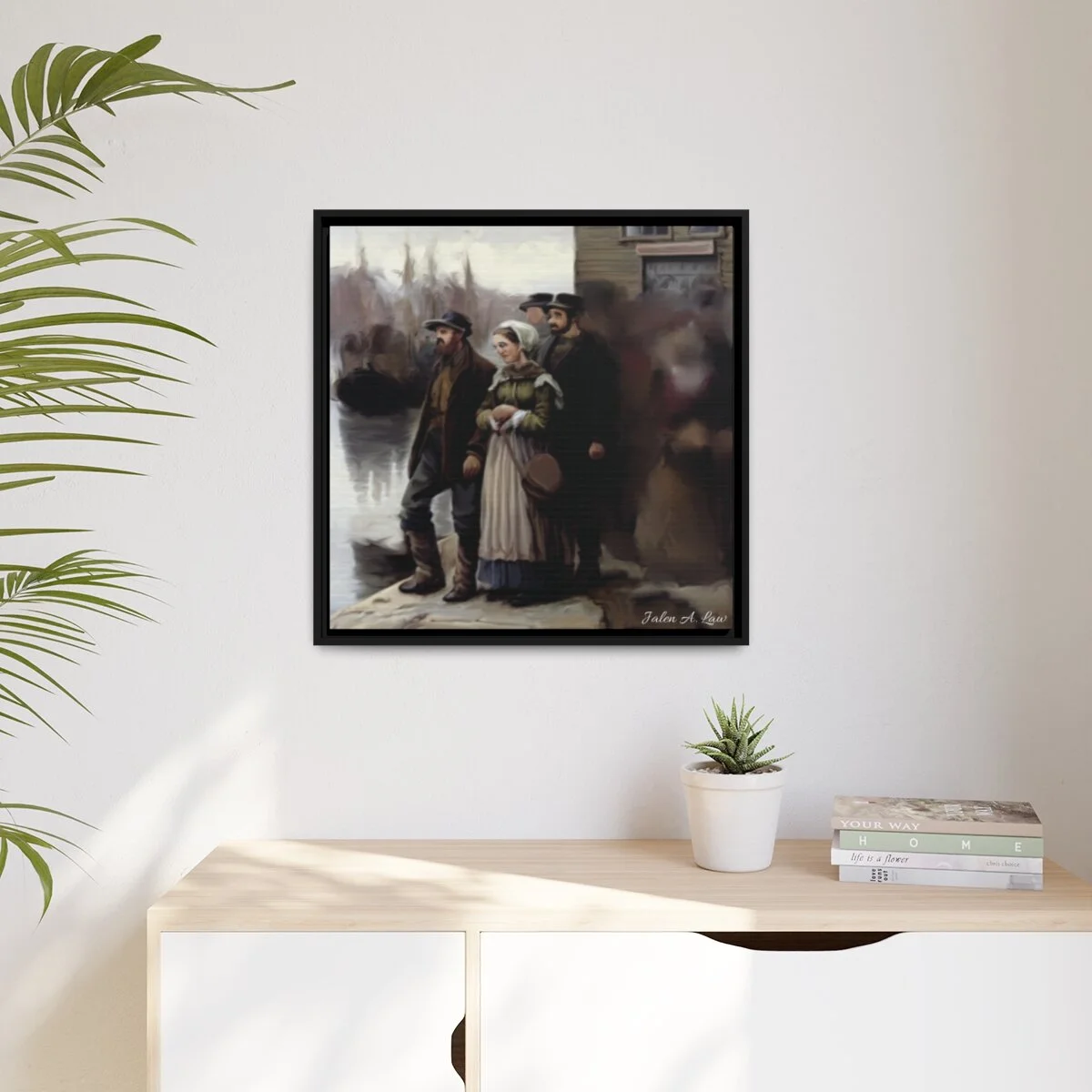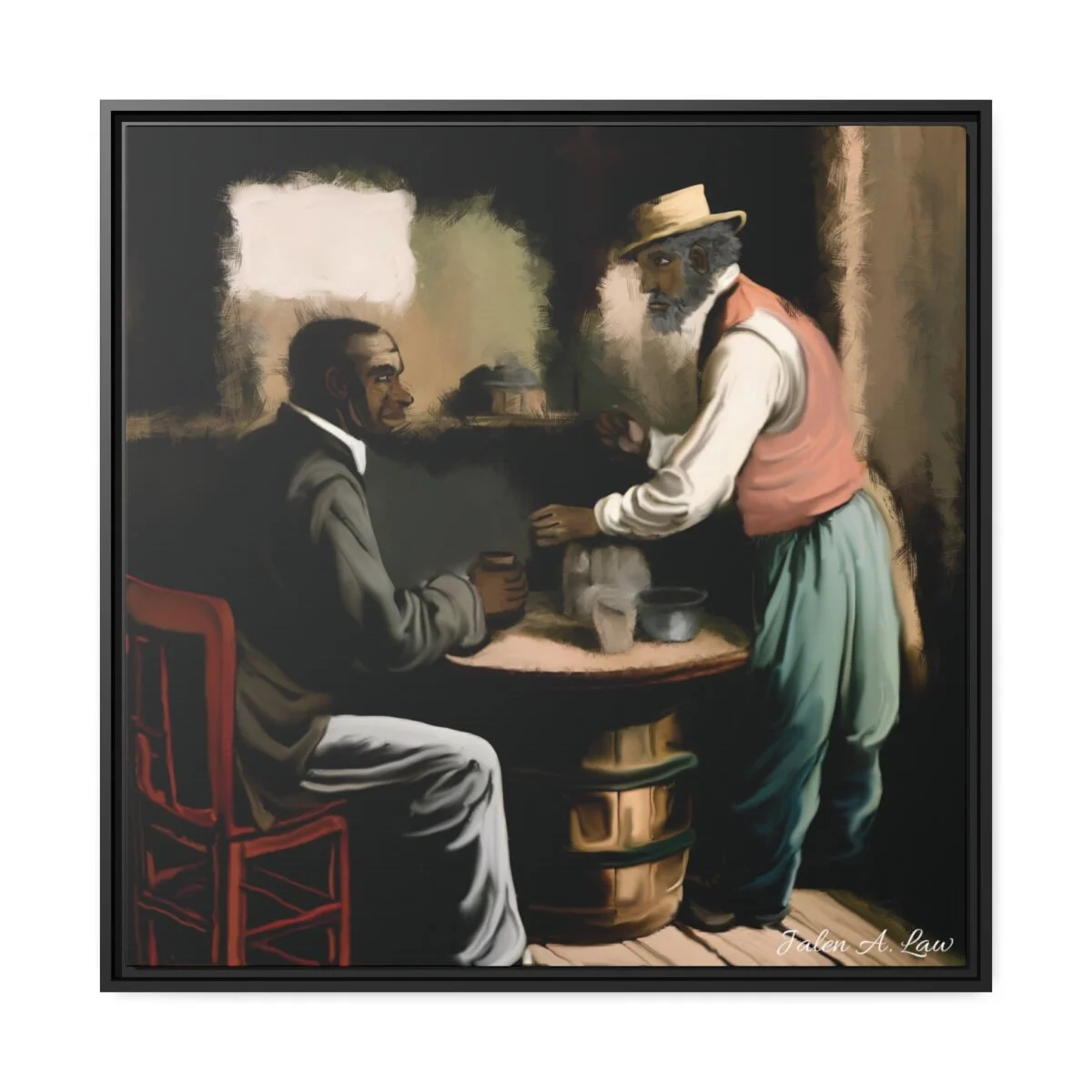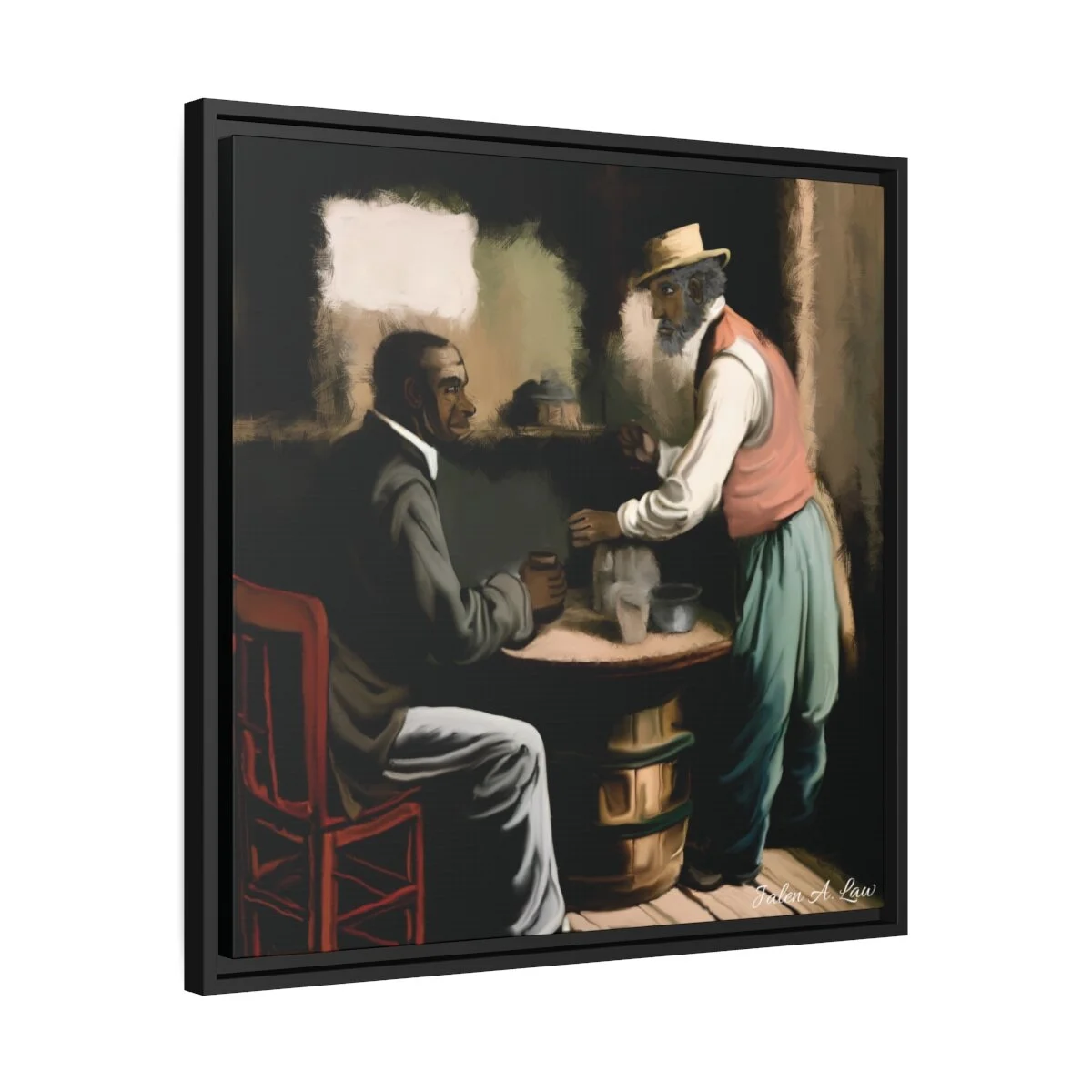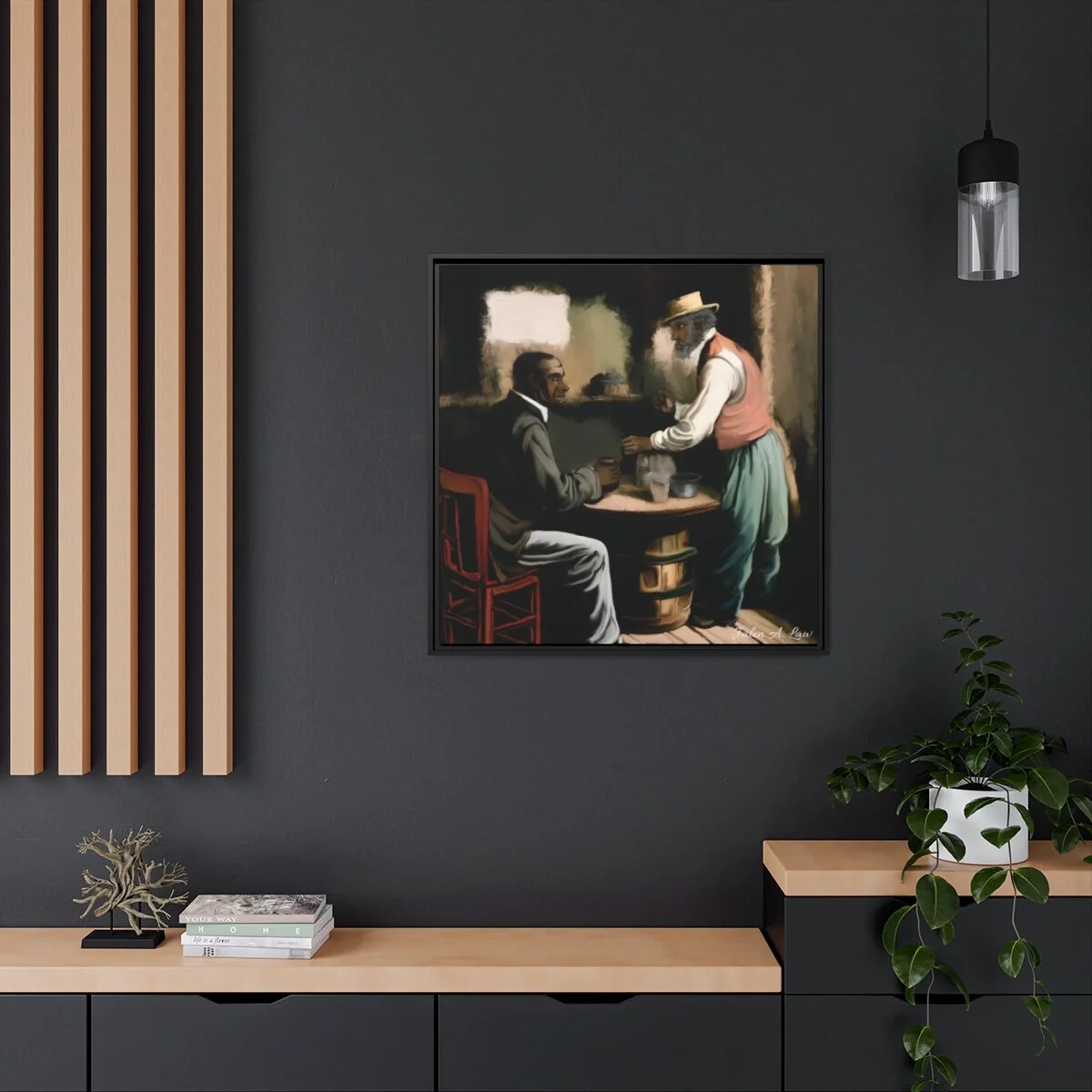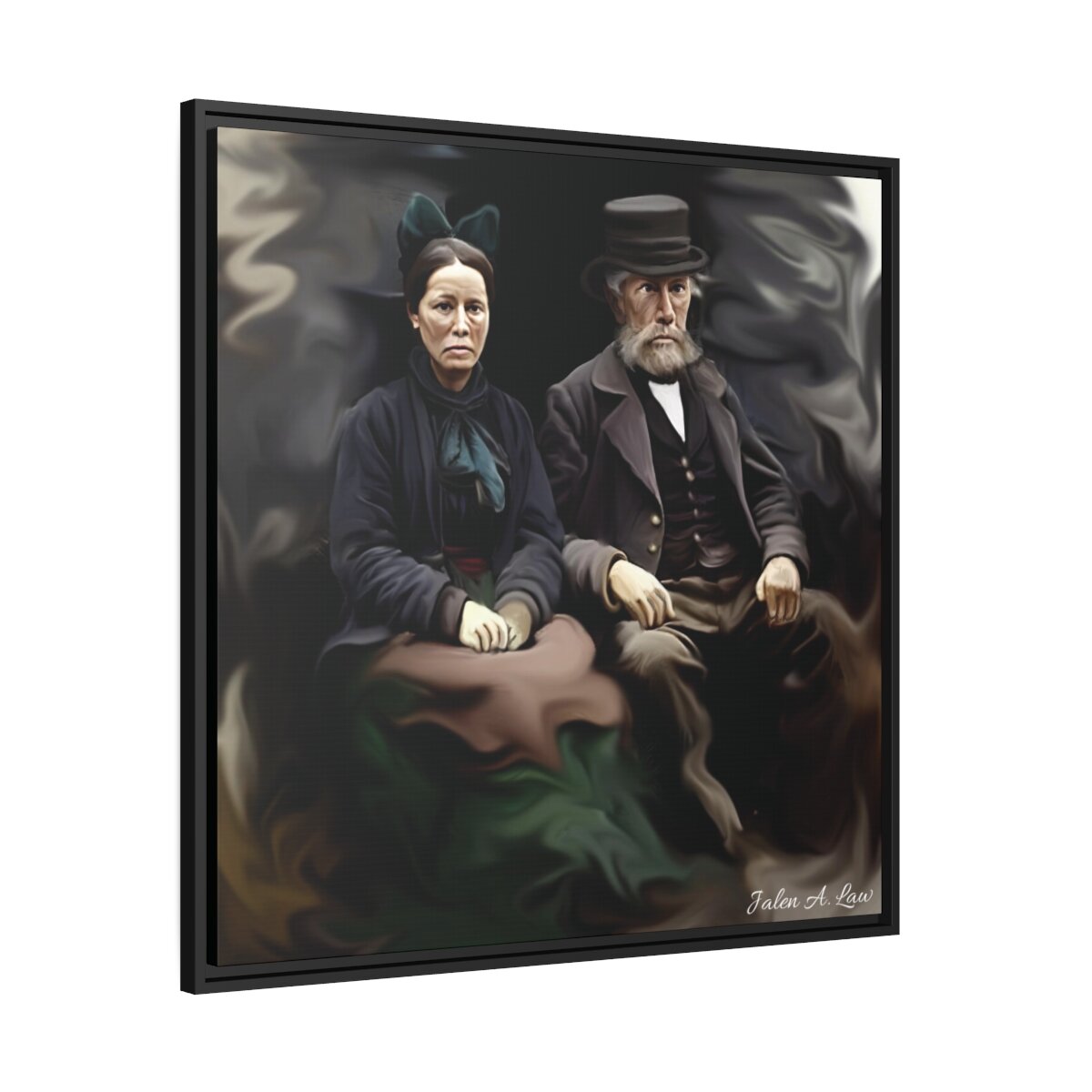 Image 1 of 3
Image 1 of 3

 Image 2 of 3
Image 2 of 3

 Image 3 of 3
Image 3 of 3




Lifeline's of Commerce
"Against the backdrop of Buffalo's bustling docks, the tension reached a breaking point on August 11, 1862. German stevedores, responsible for the demanding task of loading and unloading ships, united in their quest for better wages. Their grievance would set the stage for a clash of ideals, where the pursuit of justice would be met with unexpected consequences. The protesters marched to docks and warehouses, urging fellow workers to join their cause. Those unwilling to participate faced the protestors' taunts, the tension escalating into violence. The tipping point was the looting of goods, including barrels of beer, prompting the intervention of seven officers led by their Chief. Arrests were made, and the protestors were ordered to disperse, but defiance rippled through the crowd. In the ensuing turmoil, a shot was fired by an officer, injuring two men. Seeking safety, officers sought refuge in a nearby residence and the Railroad Office, where they could summon aid for their wounded.
When the crowd pursued, the officers retreated to the Police Station, arming themselves with rifles. Amidst the struggle, injuries were sustained by the Police Chief and numerous protests, culminating in fourteen arrests. The existing tension between law enforcement and immigrants fanned the flames of protest into a full-blown riot. Newspaper accounts of the incident spotlighted police actions over the immigrants' plight. One discernible outcome was the reinforcement and expansion of the Buffalo police force, addressing its vulnerability and understaffing."
"Against the backdrop of Buffalo's bustling docks, the tension reached a breaking point on August 11, 1862. German stevedores, responsible for the demanding task of loading and unloading ships, united in their quest for better wages. Their grievance would set the stage for a clash of ideals, where the pursuit of justice would be met with unexpected consequences. The protesters marched to docks and warehouses, urging fellow workers to join their cause. Those unwilling to participate faced the protestors' taunts, the tension escalating into violence. The tipping point was the looting of goods, including barrels of beer, prompting the intervention of seven officers led by their Chief. Arrests were made, and the protestors were ordered to disperse, but defiance rippled through the crowd. In the ensuing turmoil, a shot was fired by an officer, injuring two men. Seeking safety, officers sought refuge in a nearby residence and the Railroad Office, where they could summon aid for their wounded.
When the crowd pursued, the officers retreated to the Police Station, arming themselves with rifles. Amidst the struggle, injuries were sustained by the Police Chief and numerous protests, culminating in fourteen arrests. The existing tension between law enforcement and immigrants fanned the flames of protest into a full-blown riot. Newspaper accounts of the incident spotlighted police actions over the immigrants' plight. One discernible outcome was the reinforcement and expansion of the Buffalo police force, addressing its vulnerability and understaffing."
Every print in a black pinewood frame will look sleek and beautiful in any interior. Your original designs will be printed on the cotton-polyester canvas with a special proprietary coating to make sure your designs stay vibrant for ages. An excellent product for your environmentally-conscious buyers – it's made from sustainably sourced materials (Forest Stewardship Council certified). Choose between multiple sizes for different types of prints. The sawtooth hanging hardware is already attached.
NB! Due to the production process of the canvases, please allow for slight size deviations with a tolerance +/- 1/8" (3.2mm).
.: Cotton and polyester canvas composite with a special proprietary coating
.: Black pinewood frame
.: Made from sustainably sourced materials
.: Multiple sizes to choose from
.: Sawtooth hanging hardware included
